Optimal Timing for Foundation Repairs
Foundation repairs are most effectively performed during periods of stable weather, avoiding extreme temperatures and excessive moisture. Optimal conditions help ensure proper curing and adhesion of repair materials, reducing the risk of future issues. Typically, late spring and early fall offer suitable weather windows, with mild temperatures and lower precipitation levels.
Spring provides moderate temperatures and less humidity, making it a good time for foundation repairs before heavy summer heat or winter cold sets in.
Fall offers cooler temperatures and dry conditions, ideal for completing repairs before winter weather begins.
Repairs should be avoided during periods of heavy rain, snow, or extreme heat to prevent complications and ensure proper curing.
Timing repairs when soil moisture levels are stable helps prevent future shifting or settling issues.
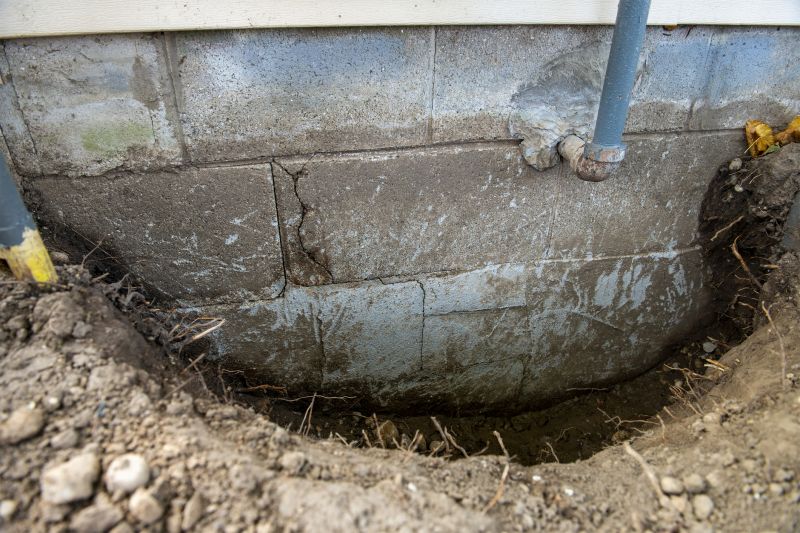
Spring offers optimal conditions for foundation stabilization and crack repair.
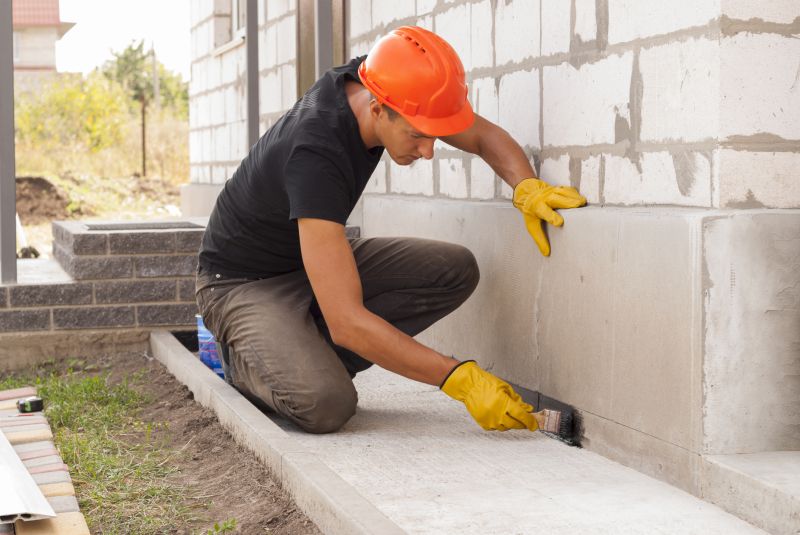
Fall's cooler, dry weather facilitates effective foundation repairs before winter.
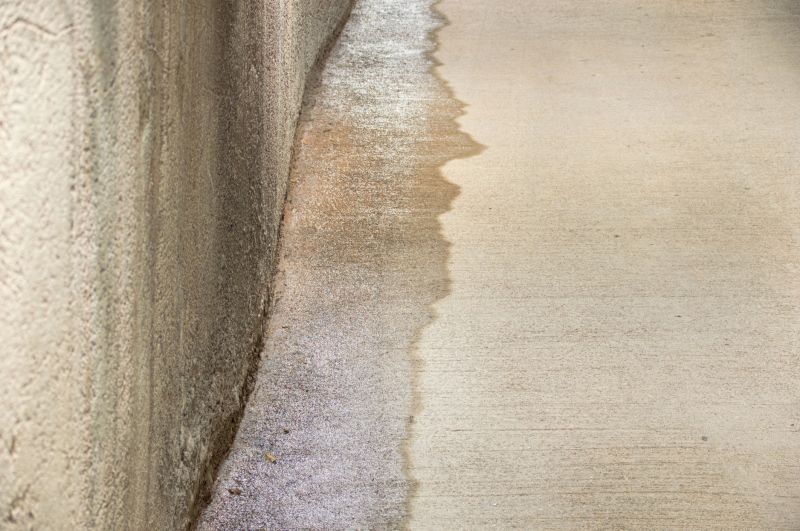
Choosing the right season minimizes weather-related delays and complications.
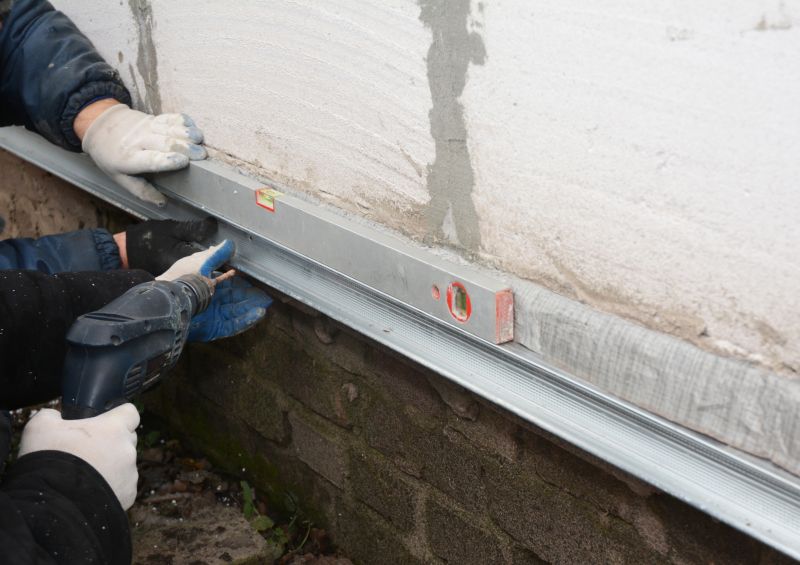
Ways to make Foundation Repairs work in tight or awkward layouts.
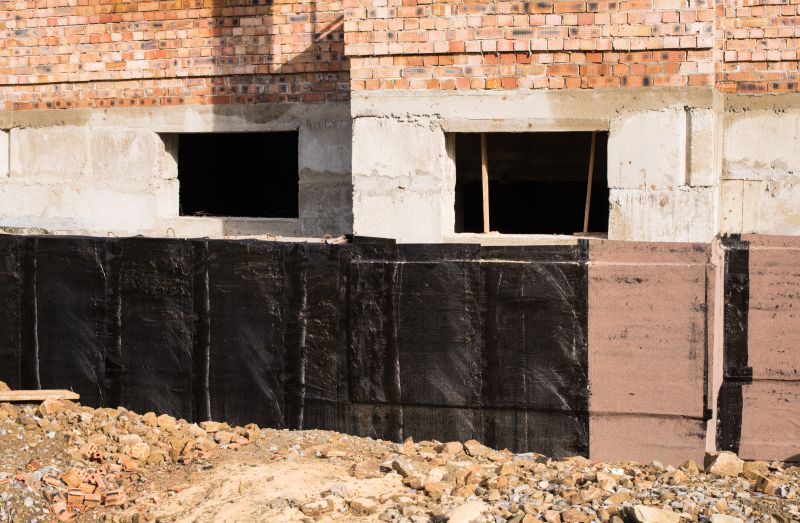
Popular materials for Foundation Repairs and why they hold up over time.
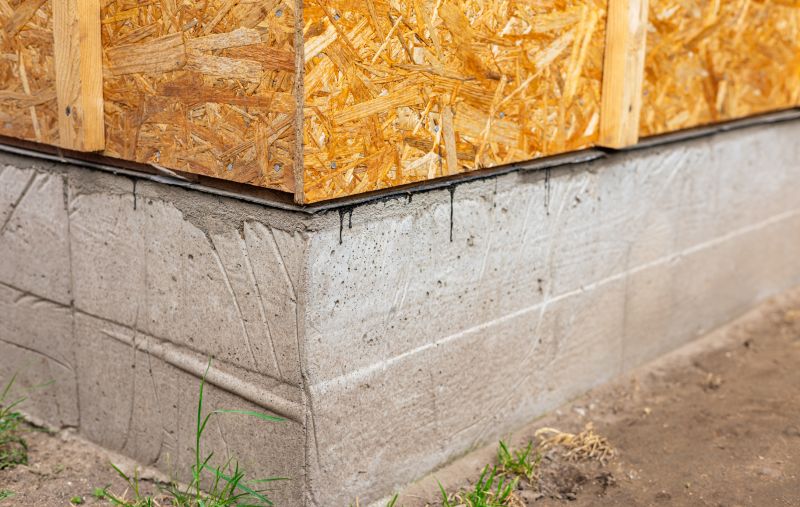
Simple add-ons that improve Foundation Repairs without blowing the budget.
| Season | Ideal Conditions |
|---|---|
| Spring | Moderate temperatures, low humidity, and dry soil |
| Summer | High temperatures and potential drought conditions |
| Fall | Cooler temperatures and dry weather |
| Winter | Freezing temperatures and snow risk |
Foundation repairs are a critical aspect of maintaining structural integrity in residential and commercial properties. Proper timing ensures that repairs are durable and effective, reducing the likelihood of future issues such as cracking, shifting, or settling. Addressing foundation concerns promptly can prevent more extensive and costly repairs later. Statistics indicate that timely foundation intervention can prolong the lifespan of a structure by several decades, with proper repairs reducing the risk of structural failure by up to 70%.
Understanding the seasonal factors affecting foundation repairs helps property owners plan effectively. Weather conditions, soil moisture levels, and temperature fluctuations all influence the success of repair projects. For example, moisture-rich soils during rainy seasons can exacerbate shifting, while frozen ground in winter can hinder excavation and stabilization efforts. Proper planning and scheduling are essential for achieving the best outcomes.
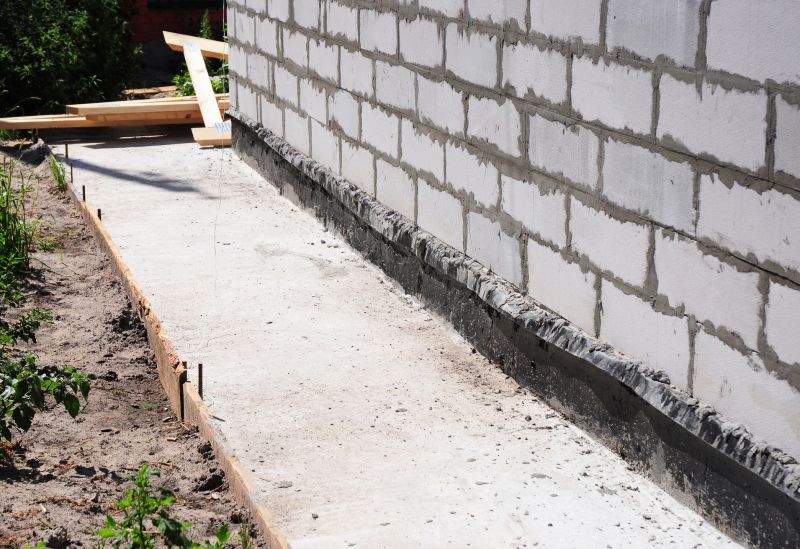
Inspection, stabilization, and crack repair are key steps in foundation restoration.
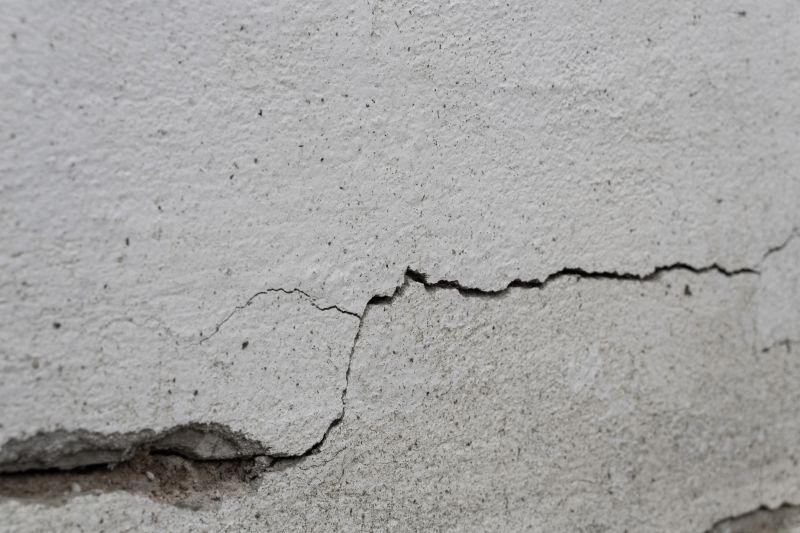
Cracks, uneven floors, and sticking doors often signal underlying foundation problems.
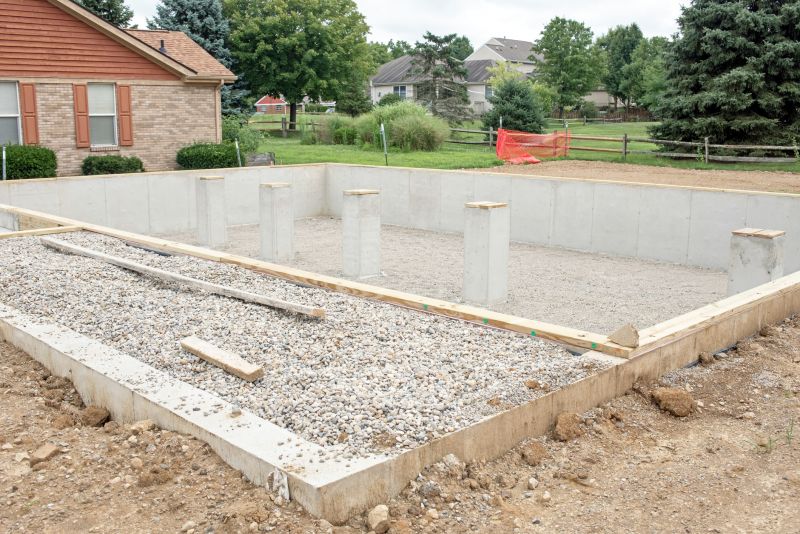
Methods like underpinning and piering help stabilize shifting soils.
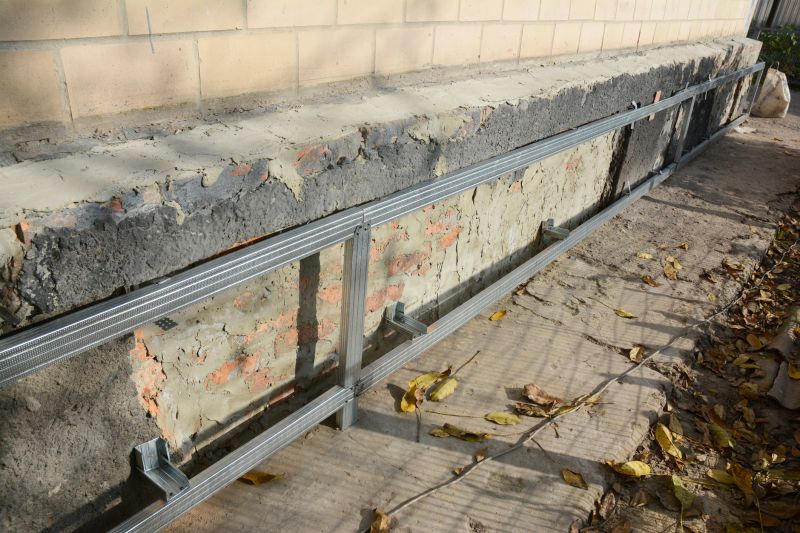
Regular inspections ensure the longevity of foundation repairs.
Interested property owners are encouraged to contact for further information or to schedule an assessment. Proper timing and professional evaluation are essential for effective foundation repair and long-term stability.

